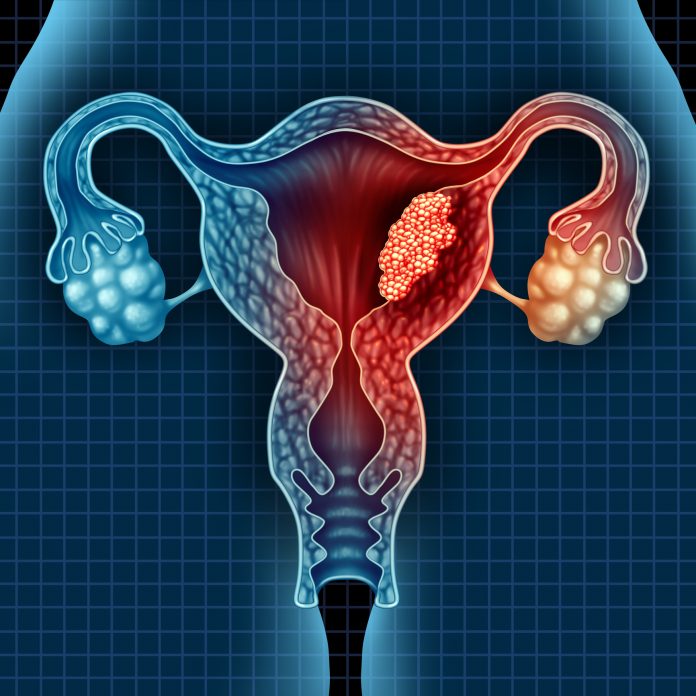
Results of a Phase II trial presented at the 2022 Society of Gynecologic Oncology (SGO) Annual Meeting on Women’s Cancer suggest that letrozole plus abemaciclib combination therapy has encouraging and durable activity in people with recurrent, estrogen receptor (ER)-positive endometrial cancer.
Endometrial cancer is the sixth most common cancer worldwide and affects more than 400,000 women each year. The disease it typically treated with chemotherapy or immunotherapy initially, with hormonal or endocrine therapy given following disease progression.
“However, responses to endocrine therapy are typically modest and relatively brief in duration (median PFS [progression-free survival] of about 3 months), with only a minority of patients deriving benefit for extended periods of time,” presenting author Panagiotis Konstantinopoulos, from the Dana-Farber Cancer Institute in Boston, Massachusetts, told Inside Precision Medicine.
He added: “In prior studies, aromatase inhibitor (AI) monotherapy exhibits limited activity in endometrial cancer, with response rates for both letrozole and anastrozole below 10%. For this reason, development of novel strategies to improve the efficacy of endocrine therapy represents an unmet need and an area of active investigation.”
To address this, Konstantinopoulos and colleagues evaluated the performance of letrozole when given in combination with abemaciclib, a targeted drug which inhibits cyclin-dependent kinases 4 and 6—proteins involved in cell cycle progression and mediation of resistance to hormonal therapy.
In total, 30 women were treated with letrozole 2.5 mg/day plus abemaciclib 150 mg twice daily until progression or unacceptable toxicity. The participants had received a median of three prior therapies, with just under half previously treated with hormonal therapy.
After a median 12.5 months of follow-up, nine patients, all with endometrioid histology, had a partial response to therapy, corresponding to an objective response rate of 30.0%. A further 13 (43.3%) patients had stable disease, giving a disease control rate of 73.3%.
Median PFS in the group was 9.1 months and median overall survival was 21.6 months but Konstantinopoulos noted that this result is still immature.
The researchers also carried out exploratory targeted next generation sequencing of the patients’ tumors and found that all participants with CTNNB1 and KRAS mutations derived clinical benefit whereas the presence of TP53 mutations was associated with reduced benefit from letrozole plus abemaciclib.
“TP53 mutation status may be a biomarker of absence of response to this regimen,” Konstantinopoulos remarked.
He reported that the treatment was well-tolerated by most patients: just two left the study because of toxic side effects. Furthermore, a number of patients derived continued benefit from the regimen with two remaining on the trial for more than 2 years.
“When we compare the efficacy of this regimen with that of other endocrine therapies for endometrial cancer, we can see this combination is extremely promising,” said Konstantinopoulos in a press release. “Our findings suggest it will be a very effective alternate endocrine therapy for patients with recurrent endometrial cancer whose tumors express the estrogen receptor.”
The researchers are now discussing the possibility of testing the regimen in a Phase III trial.













